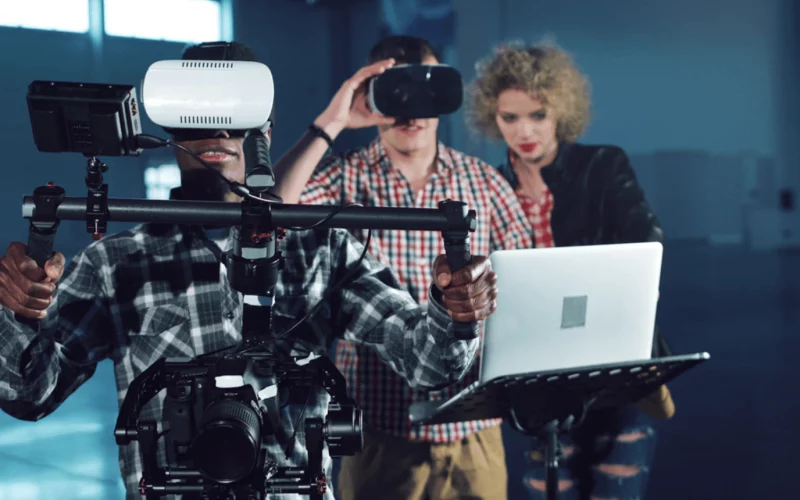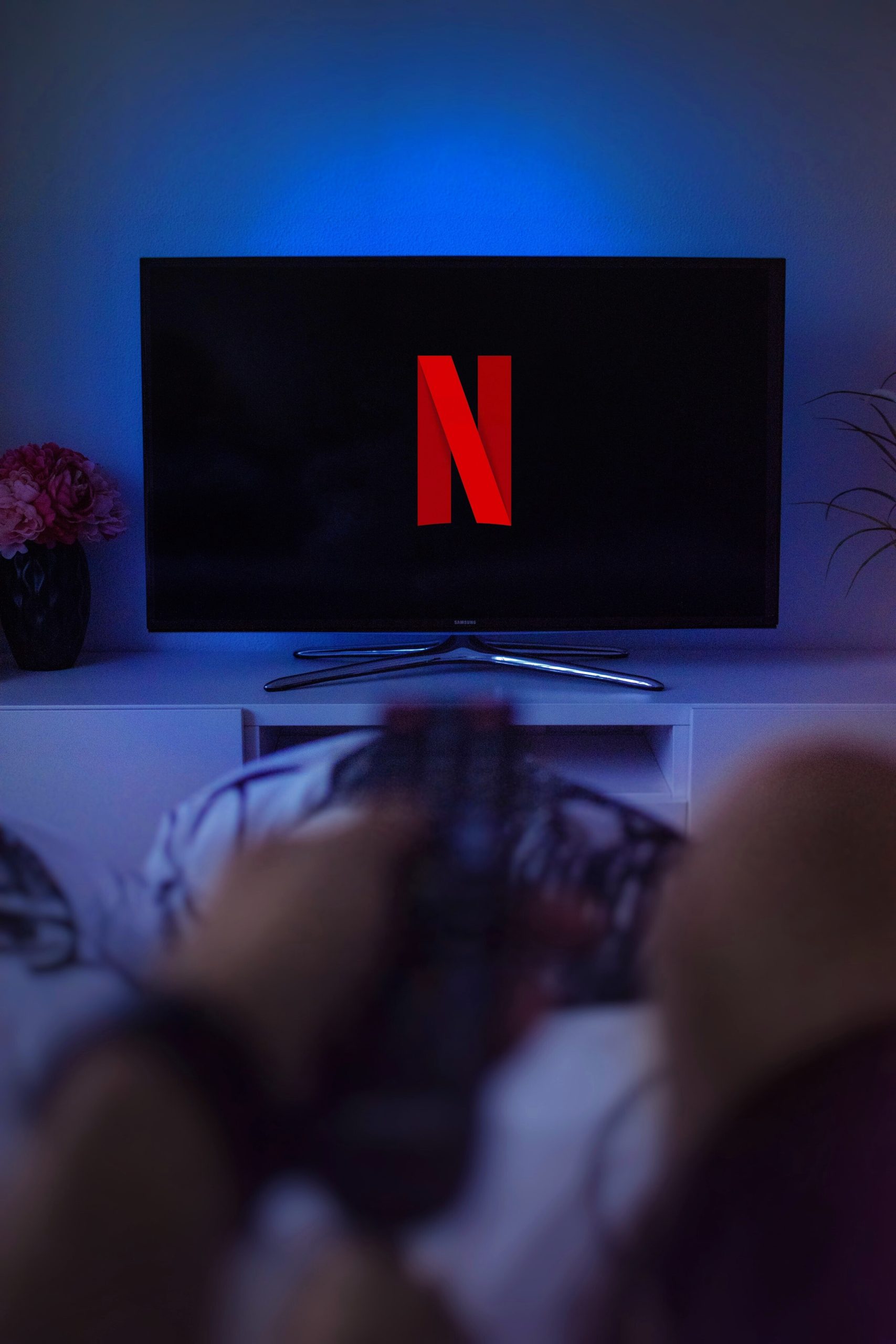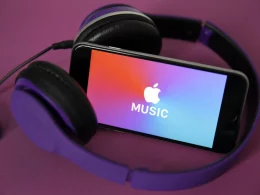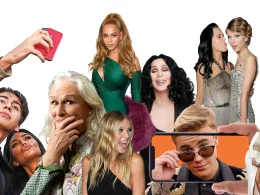Introduction
Virtual Reality (VR) has emerged as one of the most transformative technologies of our time, with its influence permeating various sectors, including film and television (TV) production. This article delves into the multifaceted impact of VR on these industries, exploring how it has revolutionized storytelling, production processes, audience engagement, and the future of entertainment.
The Evolution of Virtual Reality
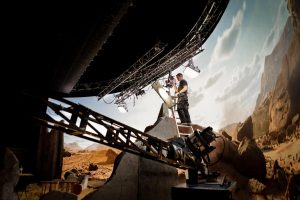
-
Early Beginnings
The concept of VR dates back to the mid-20th century, with early experiments in immersive experiences. Morton Heilig’s Sensorama, developed in the 1960s, is often cited as one of the first VR devices. It combined visuals, sound, vibration, and scent to create an immersive experience, laying the groundwork for future developments.
-
Technological Advancements
The 1990s saw significant advancements in VR technology, with the introduction of head-mounted displays (HMDs) and data gloves. However, it wasn’t until the 21st century that VR began to gain mainstream attention, thanks to improvements in computing power, graphics, and motion tracking. The release of devices like the Oculus Rift and HTC Vive marked a turning point, making high-quality VR accessible to consumers and creators alike.
Virtual Reality in Film Production
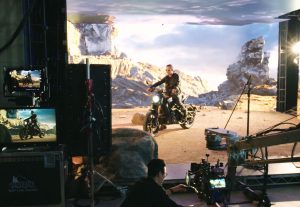
-
Pre-Production
-
Story boarding and Visualization
Traditional story boarding involves creating a sequence of drawings to visualize the film’s narrative. VR has revolutionized this process by enabling filmmakers to create immersive storyboards. Directors and cinematographers can step into a virtual environment and experience scenes from different angles, allowing for more precise planning and creative decision-making.
-
Location Scouting
Location scouting is a critical aspect of film production. VR allows filmmakers to virtually explore potential locations without the need for physical travel. High-resolution 360-degree images and videos can be captured and viewed in VR, providing a realistic sense of space and atmosphere. This not only saves time and resources but also opens up new possibilities for creative storytelling.
-
Production
-
Virtual Sets and Environments
One of the most significant impacts of VR on film production is the use of virtual sets and environments. Traditional set construction can be time-consuming and expensive. VR enables the creation of detailed virtual sets that can be seamlessly integrated with live-action footage. This technology has been employed in major productions like “The Mandalorian,” where virtual sets created using Unreal Engine allowed for dynamic and realistic backgrounds.
-
Motion Capture and Performance
VR has also enhanced motion capture technology, which is used to record actors’ movements and expressions for digital characters. With VR, actors can perform in a virtual environment, allowing them to interact with digital elements in real-time. This not only improves the quality of the performance but also provides directors with greater creative control.
-
Post-Production
-
Editing and Visual Effects
Post-production processes such as editing and visual effects (VFX) have also benefited from VR. Editors can use VR to view and manipulate footage in a 3D space, providing a more intuitive and immersive editing experience. VFX artists can create and refine digital effects within a virtual environment, resulting in more realistic and seamless integration with live-action footage.
-
Sound Design
Sound design is a crucial element in creating an immersive cinematic experience. VR technology allows sound designers to spatialize audio, creating a 360-degree soundscape that enhances the viewer’s sense of presence. This is particularly important in VR films, where the audio needs to respond dynamically to the viewer’s movements and perspective.
Virtual Reality in TV Production
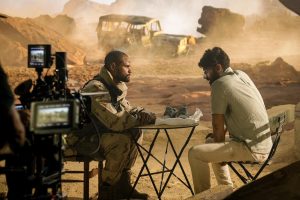
-
Immersive Storytelling
-
Interactive TV Shows
VR has opened up new possibilities for interactive TV shows, where viewers can actively engage with the narrative. Instead of being passive observers, viewers can explore virtual environments, interact with characters, and influence the storyline. This level of interactivity creates a more personalized and engaging viewing experience.
-
360-Degree Videos
360-degree videos have become increasingly popular in TV production. These videos allow viewers to look around in all directions, providing a sense of immersion. News organizations, for example, have used 360-degree videos to transport viewers to the scene of events, offering a more immersive and impactful way to experience news stories.
-
Production Techniques
-
Virtual Production Studios
Similar to film production, TV studios are adopting virtual production techniques. Virtual production studios use large LED screens to create dynamic backgrounds, eliminating the need for physical sets. This technology allows for greater flexibility and creativity in TV production, enabling shows to create visually stunning environments without the constraints of traditional set construction.
-
Remote Collaboration
VR has also facilitated remote collaboration in TV production. Creators and crew members can collaborate in a virtual environment, regardless of their physical location. This has become particularly important in the wake of the COVID-19 pandemic, as remote work has become more prevalent. VR tools enable real-time collaboration, making it easier to coordinate and execute complex productions.
Audience Engagement and Experience
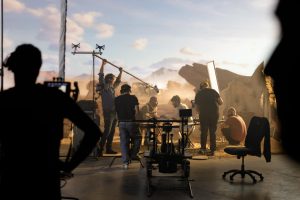
-
Immersive Viewing
-
VR Headsets
VR headsets provide an immersive viewing experience that traditional screens cannot match. Viewers can watch films and TV shows in a virtual cinema, where they feel as though they are part of the environment. This level of immersion enhances the emotional impact of the content and creates a more memorable experience.
-
Social VR
Social VR platforms allow viewers to watch content together in a virtual space. Friends and family can gather in a virtual cinema or living room, watch a film or TV show, and interact with each other in real-time. This social aspect of VR viewing adds a new dimension to the entertainment experience, making it more engaging and communal.
-
Marketing and Distribution
-
Virtual Premieres and Events
VR has also transformed the way films and TV shows are marketed and distributed. Virtual premieres and events allow creators to reach a global audience without the need for physical venues. Fans can attend virtual red carpet events, interact with celebrities, and watch exclusive content, all from the comfort of their homes.
-
VR Trailers and Teasers
Traditional trailers and teasers provide a glimpse of a film or TV show. VR trailers, on the other hand, offer an immersive preview. Viewers can step into a scene, explore the environment, and experience the story firsthand. This level of immersion creates excitement and anticipation, making VR trailers a powerful marketing tool.
The Future of Virtual Reality in Film and TV
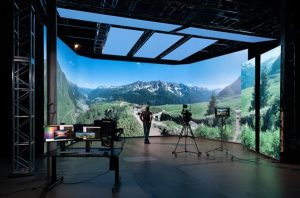
-
Advancements in Technology
-
Improved Hardware
As VR technology continues to evolve, we can expect significant improvements in hardware. Lighter and more comfortable headsets, higher resolution displays, and better motion tracking will enhance the VR experience. These advancements will make VR more accessible and appealing to both creators and consumers.
-
AI and Machine Learning
Artificial intelligence (AI) and machine learning are poised to play a crucial role in the future of VR. AI can be used to create more realistic virtual environments, generate dynamic content, and personalize the viewing experience. Machine learning algorithms can analyze viewer preferences and behavior, allowing for more targeted and engaging content.
-
New Forms of Storytelling
-
Transmedia Storytelling
Transmedia storytelling involves telling a story across multiple platforms and formats. VR is a powerful tool for transmedia storytelling, allowing creators to expand their narratives beyond traditional films and TV shows. Characters and storylines can be explored in virtual environments, video games, and interactive experiences, creating a richer and more immersive narrative universe.
-
Hybrid Experiences
The future of entertainment may see the rise of hybrid experiences that combine VR with other technologies. For example, augmented reality (AR) can be used to overlay digital elements onto the real world, creating a mixed reality experience. These hybrid experiences will push the boundaries of storytelling and offer new ways for audiences to engage with content.
Conclusion
The influence of virtual reality on film and TV production is profound and far-reaching. From revolutionizing pre-production processes to enhancing audience engagement, VR has opened up new possibilities for creators and viewers alike. As technology continues to advance, the potential for VR in the entertainment industry is limitless. We are only beginning to scratch the surface of what is possible, and the future promises even more exciting and immersive experiences.






